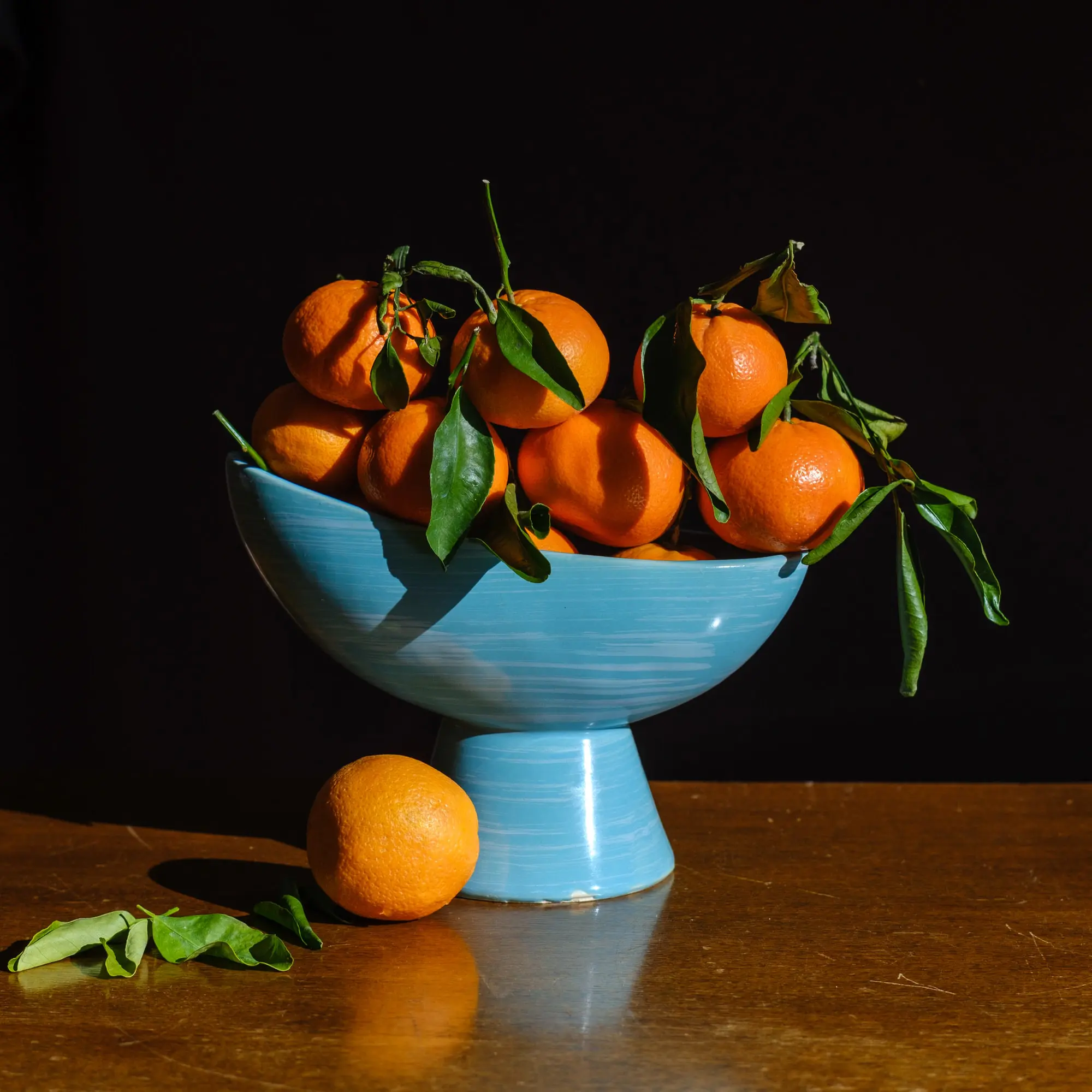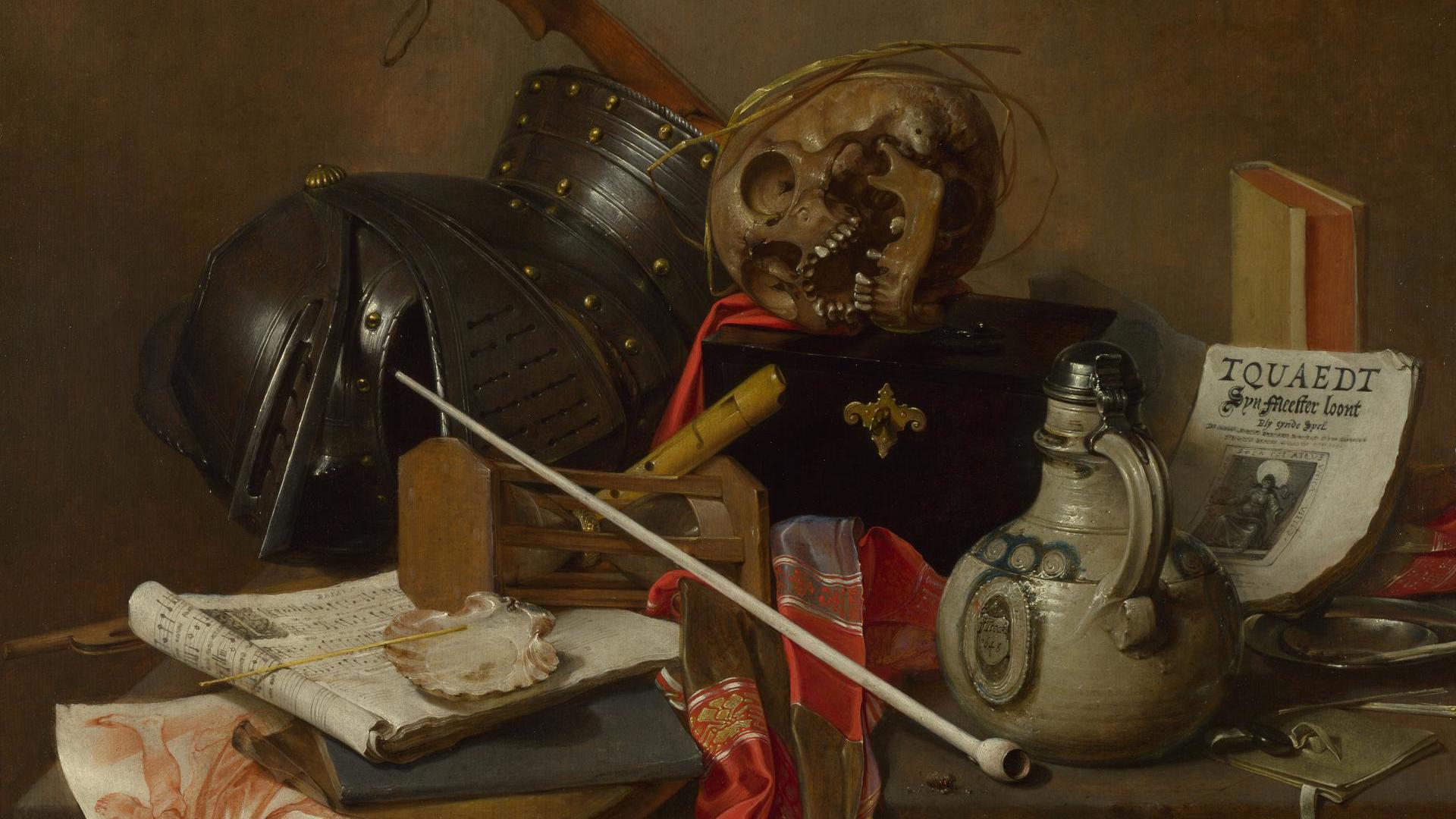What is still life?
Still life is derived from the Dutch word ‘stilleven’. Originating in the 17th century during the popularity for paintings of objects throughout Europe. The term ‘still life’ defines art that shows inanimate objects from the natural or man-made world. e.g. fruits, flowers, baskets, bowls, etc. There are probably about 4 main categories of still life; flowers, banquet or breakfast, animals, symbolic. Symbolic still life refers to art that shows an ordinary object which will portray a deeper meaning.


Vanitas
A vanitas is a symbolic work of art showing the transience of life, the futility of pleasure, and the certainty of death, often contrasting symbols of wealth and symbols of ephemerality and death.

Memento mori
Vanitas are closely related to memento mori still lifes which are pieces of art that portray the shortness and fragility of life. Memento mori is a Latin phrase which translates ‘remember you must die’. They include symbolic objects like skulls and extinguished candles. Other examples of symbols include; musical instruments, wine and books to represent the explicitly of vanity.
The 10 most common symbols in Still life are:
- Fruit
- Skulls
- Candles
- Flowers
- Seashells
- Mirrors
- Insects
- Musical instruments
- Dead animals
- Silver and gold
